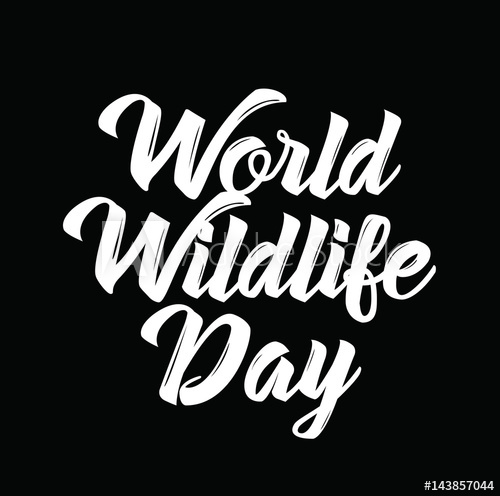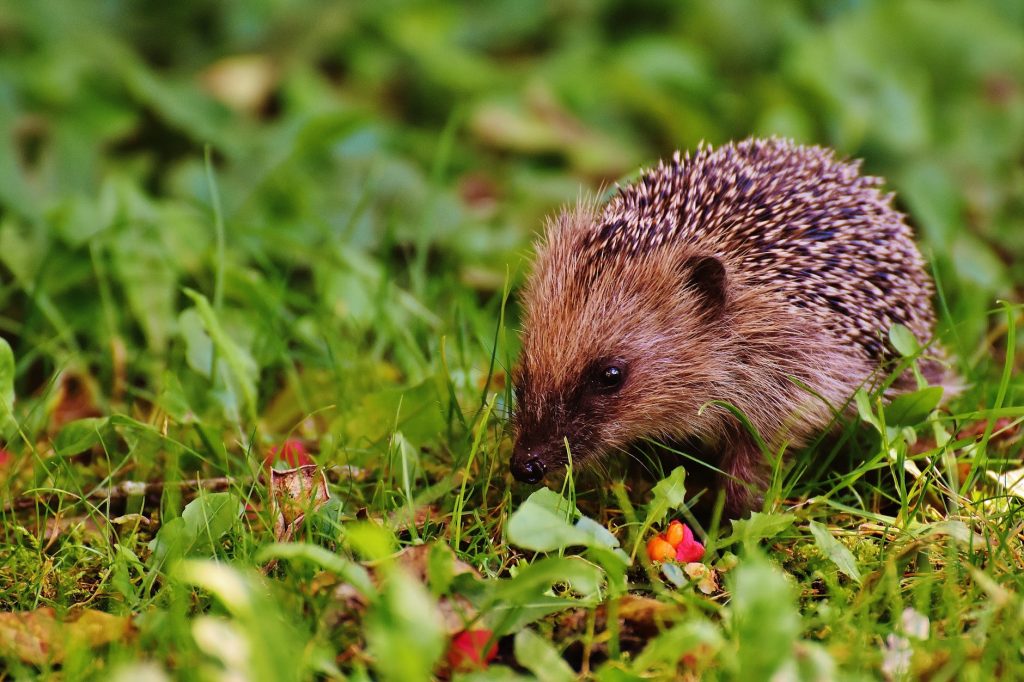António Guterres, Secretary-General of the United Nations of Message
Earth is an inextricable element of this rich tapestry of life which makes our planet’s biological diversity. All human cultures have been and continue to be constructed on the use of cultivated and wild species of fauna and flora, from the food that we eat to the air we all breathe.
But it appears that humankind has forgotten exactly how much we want nature for our survival and well-being. As our people and our demands keep growing, we maintain exploiting natural resources – like wild creatures and plants and their habitats – in an unsustainable way.
In its 2019 International Assessment, the Intergovernmental Panel for Biodiversity and Ecosystem Services (IPBES) emphasized how the current worldwide rate of species extinction is uncontrolled and hastening – thousands to hundreds of times greater than before people inhabited the world.
From overexploiting habitats, wildlife and ecosystems, humanity is threatening both itself and also the survival of numerous species of wild plants and creatures. Now, near a quarter of all species on Earth are at risk of becoming extinct in the upcoming decades.
With this Planet Wildlife Day, let’s remind ourselves of our obligation to preserve and sustainably utilize the huge number of life on Earth. A universe of booming biodiversity provides the basis we have to attain our Sustainable Development Goals of a world of dignity and opportunity for many individuals on a wholesome planet.
Inger Andersen, Executive Director of UNEP of Message
This is a chance to increase urgent awareness of the plight of character, the plight of wildlife, and what this implies for human health and Earth.
Science informs us that almost one million from the almost 8 million species on our world face the danger of extinction. We’re losing species at a mean of 1000 times the normal extinction rate. This is a tragedy we just can’t afford.
In 2020, the Super Year for Nature, we’ve got a true opportunity to flex the curve on character reduction.
Far too much of our economic development, food production, urbanization and source extraction has arrived at the cost of wild spaces. We know as an instance that 70 percent of our tropical woods confront degradation from unsustainable land conversion. And honestly where wildlife and wild spaces persist, the price of keeping them is borne by poor communities however, the rewards accrue to all.

This has to change. The real significance of character has to be accounted for in our own economic models.
And we must measure our support of sustainable trade .
And we have to acknowledge and reinforce the use of indigenous individuals in ensuring healthy wildlife populations and habitats flourish in tandem.
So within this decade of shipping for actions on the sustainable growth objectives, collectively, lets rise jointly for all life on this world.
Let us make this a superb year for character, and make sure that future generations may see the exact same beauty on this world, I for one, grew up! Here is the near future at stake. And now’s the time to act.
Ivonne Higuero, Secretary-General of CITES of Message
We’re extremely fortunate to rely on the existence of an infinite diversity of wild creatures, plants, and other lifeforms that collectively make life on the planet.
People around the globe benefit each and every day out of wildlife. In many ways, our background is the story of our species’ interaction with, and adaptation, the most diverse lifeforms within our near vicinity. Since time immemorial, we’ve utilized wild plants and creatures to get out most fundamental needs: in the air we breatheinto the food that we consume, to the substances we use for comfort and shelter.
The individual well-being and prosperity that’s derived from the immediate manipulation of wildlife, habitats and ecosystems shouldn’t be to the detriment of these building blocks of a rich and diverse biosphere.
More and more, but the unsustainable exploitation of wild flora and fauna and their ecosystems is threatening their survival. Each and every bit of this mystery of existence is vital and dropping even the tiniest of those pieces leaves usand the whole world, poorer. When human activities threaten thousands and thousands of species, even since they’re doing now, it’s the whole biosphere – of that we also are part – that’s jeopardized.
